Single & Double Stage Grinding Circuits
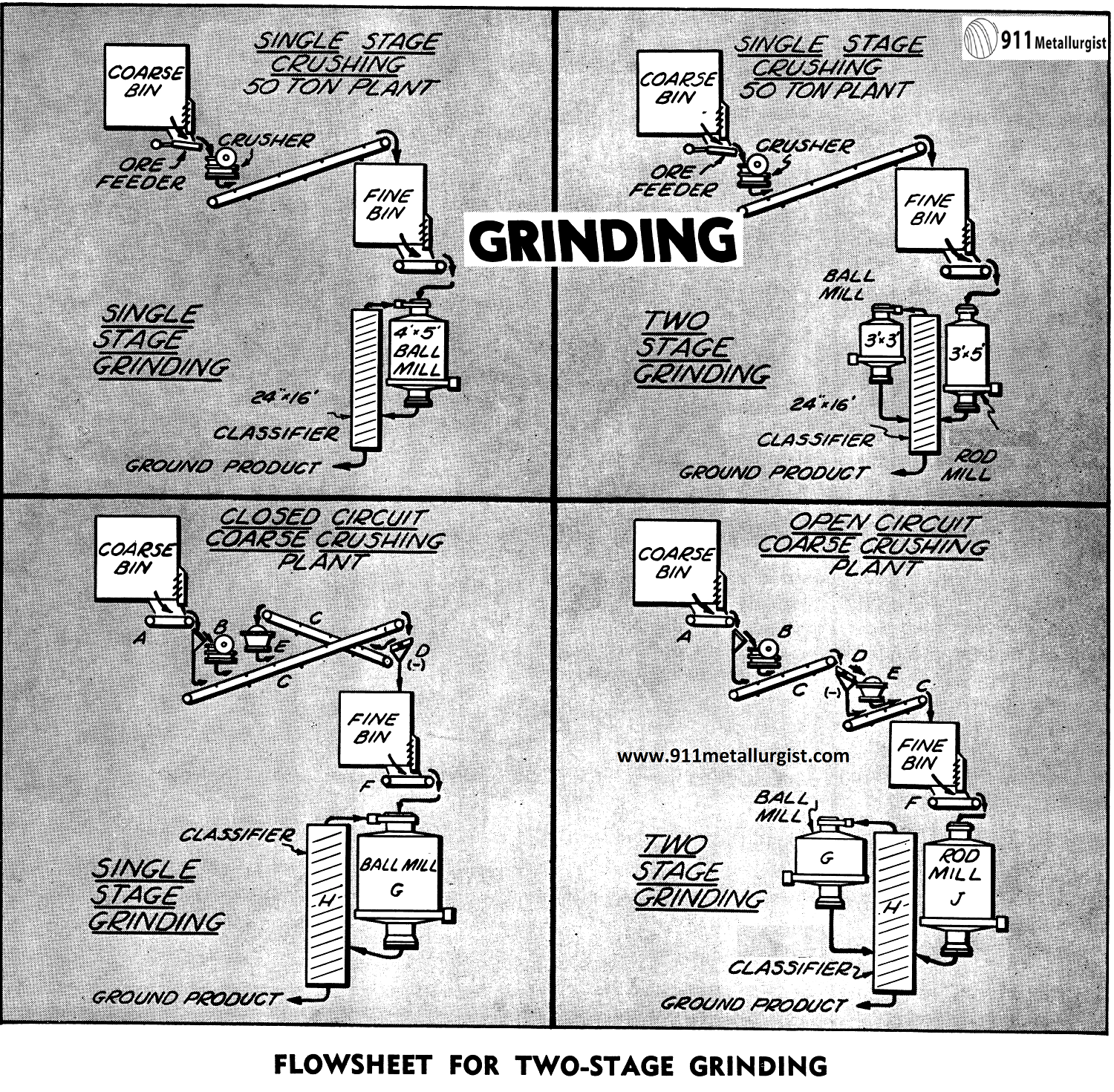
The comparison between single stage and double stage grinding has received much attention in the past few years. In order to submit information for use of mill operators, we have prepared comparative flowsheets for 50 Ton, 100 Ton, 200 Ton, 350 Ton and 550 Ton/24 hour plants, showing both single and two-stage grinding in typical […]
Flash Flotation with Closed Circuit Grinding
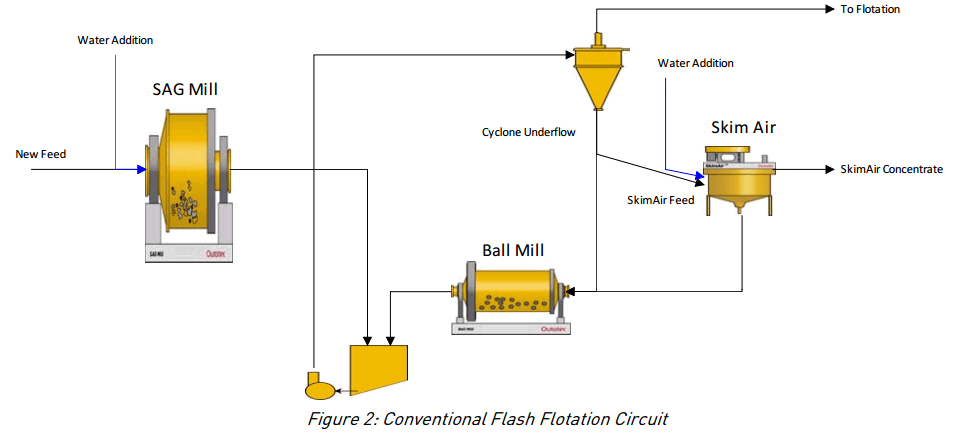
The reason why you need Flash Flotation in a Closed Grinding Circuit relates to “Recovering your mineral as soon as free” which has long been recognized in ore dressing practice. This not only applies to gravity treatment but also to flotation. For this application the Flash Flotation Cell was developed for use in the grinding circuit and […]
Milling Methods and Costs
What is the Weight of a Steel Grinding Ball

Typical Ball Mill Charge Levels
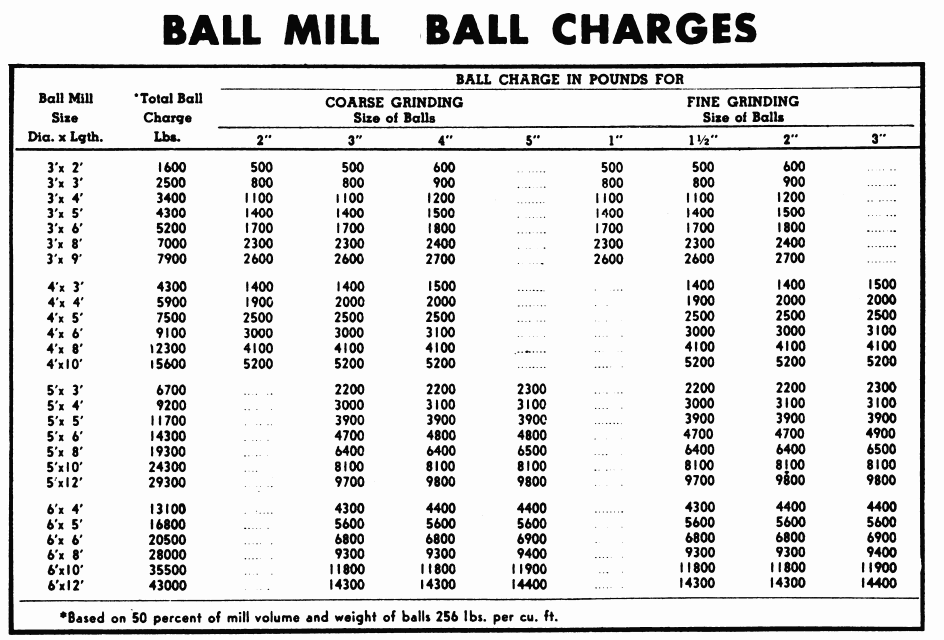
Here is a table that approximates how much steel charge, or how many tonnes to steel balls are needed to obtain a given type of grind in a specific size mill. The table assumes you are running the mill at 50% charge.
Large Ball Mill
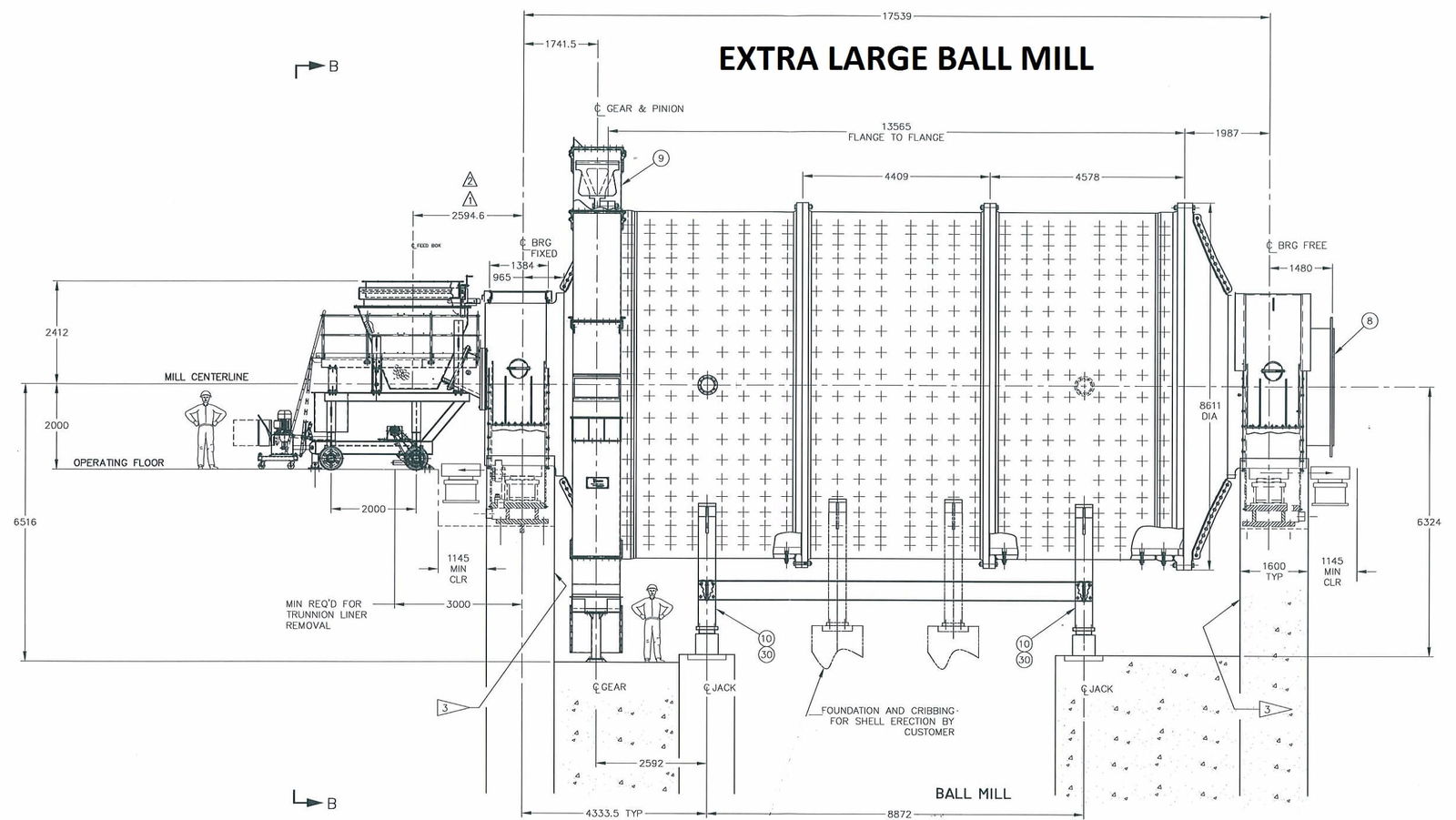
Ball Mill Drawing
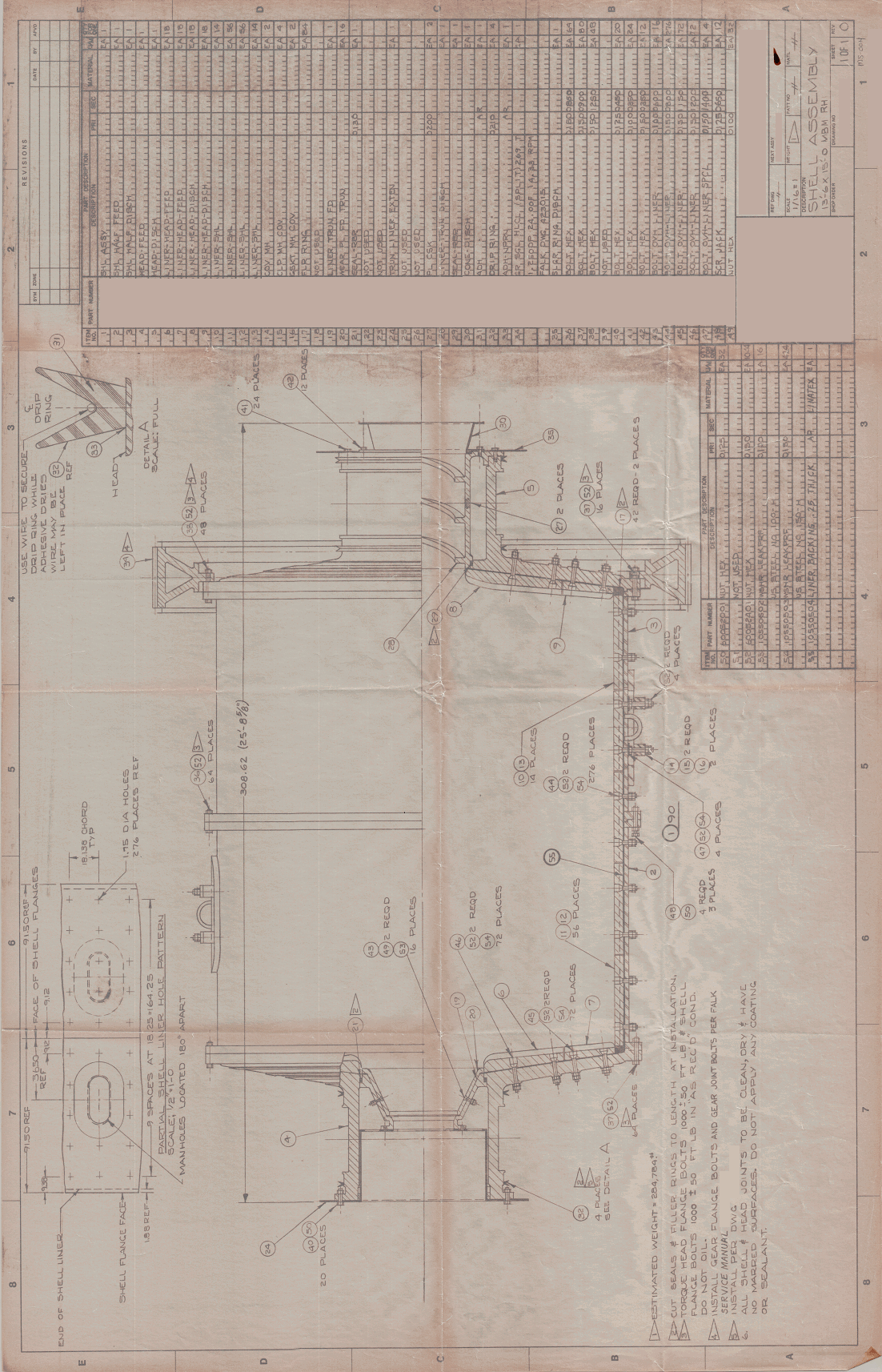
Dry Grinding for Roasting
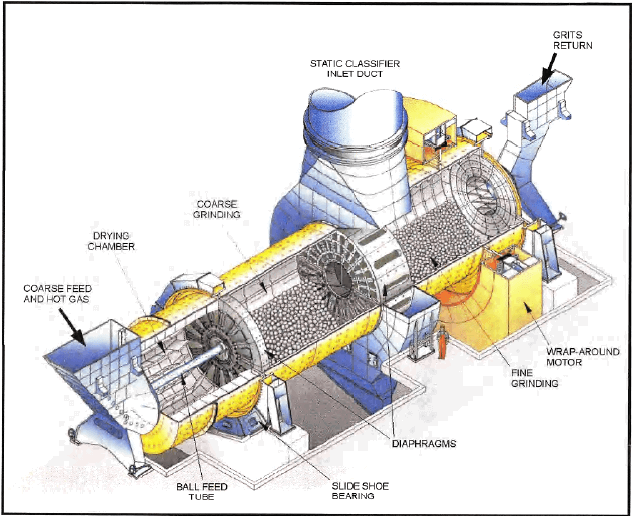
There are two parallel dry grinding circuits prior to roasting. Crushed ore is carried to the two circuits by the two reclaim conveyors located below the crushed ore stockpile. The feed rate of the crushed ore into the grinding mill is controlled by the apron feeders under the stockpile and measured by the belt scale located […]
Bond Rod Mill Work Index Equipment & Apparatus Review
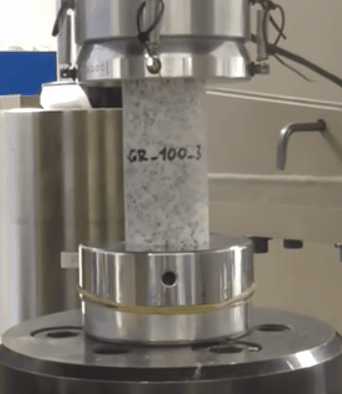
Commentary on the apparatus of the Bond rod mill Work Index by Alex Doll December, 2015 alex.doll@sagmilling.com The Bond “Third Theory” of comminution was originally divided into three size classes reflecting the varieties of comminution equipment common during the time period when Bond (and his collaborators) were gathering the information to calibrate comminution models. The […]
Ball Mill Crushing
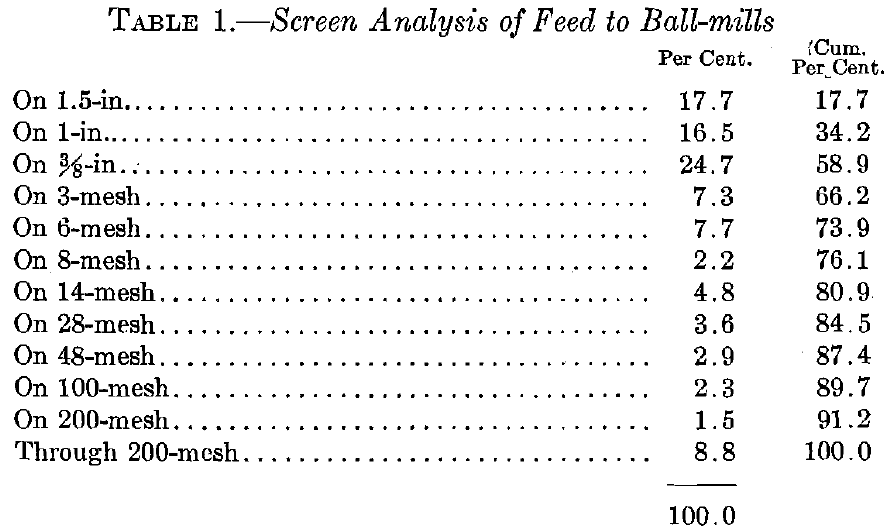
Until the advent of the porphyry coppers and the introduction of flotation which soon followed, crushing and grinding for many years proceeded along somewhat stereotyped lines, without important alteration in type of machinery. For the finer crushing and grinding, stamps, rolls, and various patterns of Huntington and Chilean mills were in general use. Ball mills […]
